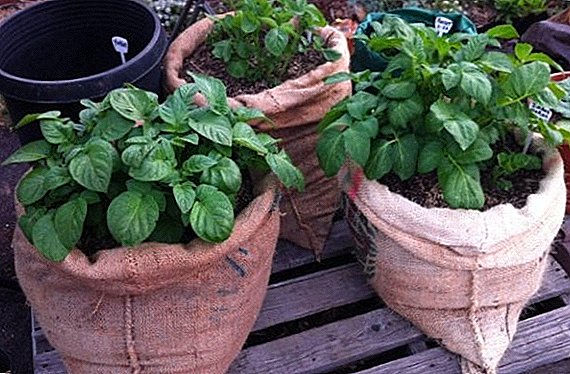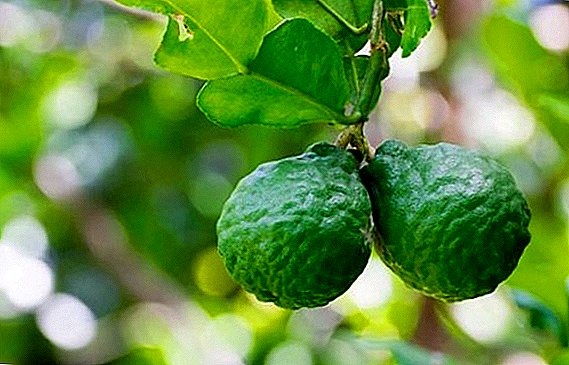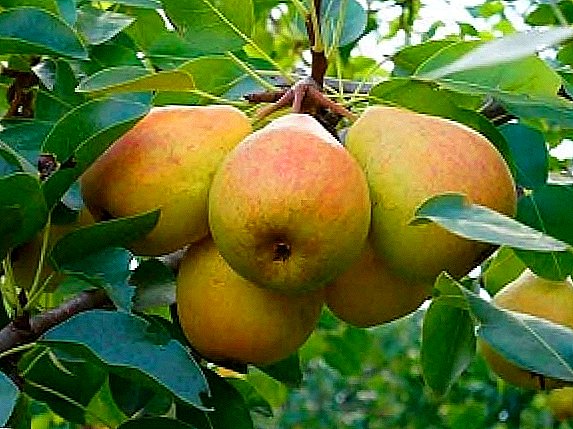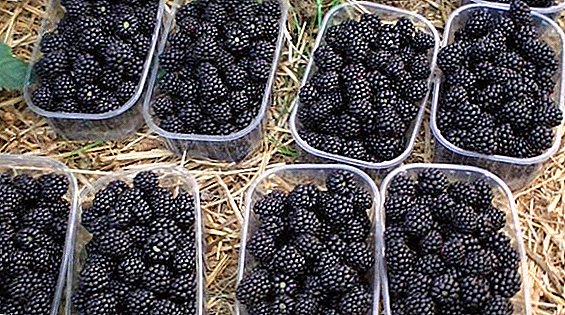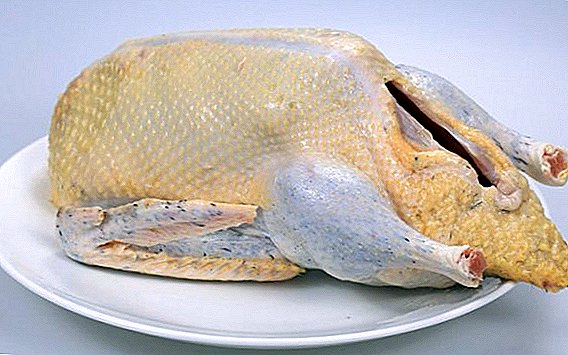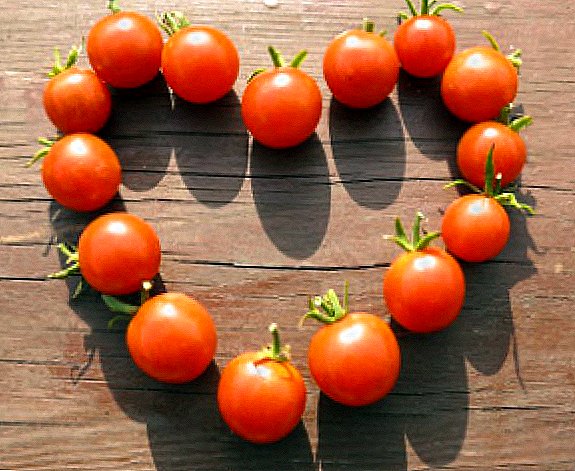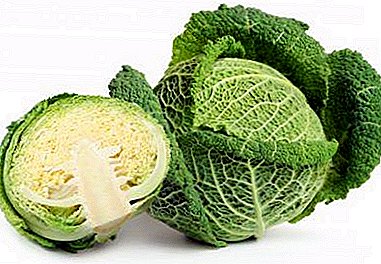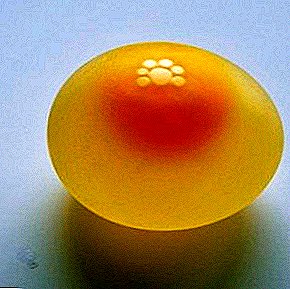
The Christmas star, the Bethlehem star, Poinsettia is the fairest with one “t” and with two — Poinsettia, and finally, Euphorbia the most beautiful ...
It's all about him, an evergreen, with bright red, white or pink tops — not flowers, but modified leaves that light up like stars on short winter days, just in time for Christmas.
The beauty and health of this flower, its flowering depend on proper care and conditions, if you neglect this, Poinsettia can become sick and wither.
In this article, we will describe in detail what diseases and pests can threaten Poinsettia and how to deal with them.
Diseases
Yellow leaves
Why do poinsettia leaves turn yellow? It happens that the leaves of the Christmas star turn yellow, sometimes they are covered with rust at the edges.
Cause: the room is too warm, the air is too dry.
What to do:spray the leaves more often, and move the plant to a not so hot place.

Leaves fall
Why do poinsettia leaves fall, what to do? Leaves can fall off even without a hint of wilting.
1 reason: the plant was frozen or stood in a draft.
2 reason: natural process. Fading in spring, the poinsettia itself leaves the foliage - it needs rest.
What to do: Shorten the stems by half and put the flower in the cool (not below 10 ° C) and partial shade for 1.5 months. Water moderately. By the summer, she again turns green.

Withering leaves
What is the reason poinsettia leaves fade? Leaves wither, look lifeless.
Cause: Improper watering - too much moisture or too little.
What to do:water when the soil is almost completely dry, but do not let it dry, especially near the roots.
Enati
The leaves of the Bethlehem star are covered with flat outgrowths like scales.
Cause: not exactly installed. Among the possible: the effect of cold, viruses, improper feeding.
What to do:follow the rules of care and maintenance.

Spotting
Bright poinsettia bracts covered with white spots.
Cause: probably sudden changes in temperature and humidity, lack of minerals or light.
What to do:restore a comfortable mode of content.
Soil salinization
The edges of the leaves are yellow or brown, the foliage dries, crumbles. The soil is covered with a white crust.
Cause:excessive fertilizing, excess mineral salts in the soil.
What to do: loosening and good drainage will gradually improve the situation.

Curvature and twisting of leaves
It happens that the leaves are made narrow, bent, twisted.
Cause: Lack of molybdenum.
What to do: Adjust soil acidity to pH 5.8-6.2. Make out root dressing, for example, with Poinsettia Mix.

Scuffs
Faded areas are visible on the bracts.
Cause: most likely the delicate leaves damaged the friction of the package during transport.
What to do: if the flower has a long way - protect the bracts from touching.
Chimera
Young leaves look strange - the shape, density or color is not the same as all the others.
Cause: spontaneous mutation that originated in cells during cutting.
What to do: nothing, this violation is not dangerous.

Uneven color
Poinsettia bracts unevenly colored, in some places green breaks through.
Cause: sudden drops from heat to cold, for example, when airing a room.
What to do: When the flower tops pick up color, keep it warm.
Mosaic Virus
The leaves, like a mosaic, are covered with dark and light spots.
Cause: viral infection, often sucking insects.
What to do: fight carriers of the virus. But if the flower is already infected, it will die.

Root rot
Poinsettia roots turn brown, overgrown with small white roots. The young leaves turn pale, and the old leaves are brown from the edges.
Cause: fungal disease. Its development contributes to the lack of mineral salts.
What to do: when you need to feed Euphorbia finest, water it more often, but little by little. You can spray Previkur fungicide.
Southern late blight
Foliage withers, the roots rot and soften.
Cause: Phytophthor mushroom, it thrives when moisture stagnates.
What to do: spray the flower with Alet, provide good drainage, water less frequently, but copiously.

Root and stem rot
Depressed dark spots on the stem, frayed rotten roots, with a loose shell.
The reasons: mushrooms of the genus Pythium, they love the dampness and low acidity of the soil.
What to do:finish, partially replace the wet ground dry and loose, process the flower Ridomil fungicide.
Brown rot
It affects young plants at the base of the stem - it becomes thin and brown, then it breaks.
Cause: fungal infection.
What to do: Cuttings at the base of the stems should be moistened with Rovral.
Gray rot
Gray plaque mold covers inflorescences, bracts. Sick stalks and young shoots fade and die.
Cause: fungus - Botrytis cinerea, it helps excess moisture and cold.
What to do: remove everything that has damaged the rot, then spray poinsettia with Fundazole.
Fusarium wilt
Some shoots become brown inside, then black and die.
Cause: mushrooms of the genus Fusarium.
What to do: remove diseased leaves and shoots, use Baktofit for spraying.

Rizopovaya rot
This black and gray rot kills the elevated parts of the poinsettia. The rotting fabric of the flower is drawn in by a pale web.
Cause: Botrytis mushroom - it develops with high humidity.
What to do: if the infection has just begun, Bordeaux liquid, Kuproskat, Topaz preparations will help.

Black mushrooms
Fungal plaque, at first light, but then dirty, blackening, appears on the leaves where the sucking insects have left their sticky marks. Photosynthesis is disturbed in these places.
Cause: the virus is carried by aphids, cherries, whiteflies.
What to do: Plaque wash off with soapy water, harmful insect lime.
Watch the video: what is sooty mushroom and how to get rid of it?
Pests
Flower thrips
Punctures on the leaves, around which the leaf tissue is curled.
Cause: thrips are alien pests that have come from other plants. On the most beautiful milk they don't live.
What to do: apply insecticides Fitoverm, Aktara, Spark. If necessary, re-spray.

White fly
These insects can bring the Bethlehem star a lot of trouble. Whiteflies (two of them - tobacco and greenhouse) are small - 2-3 mm in length, and their larvae are light yellow. Pests settle on the lower part of the leaf, but creep everywhere, covering the leaves with sticky traces. They suck the plant juice.
What to do: if there are few insects, they can be simply washed off with water and the soil gnawed, and if there are many, it is worth treating the flower with Karbofos, Fufanon, Biotlin, Tanrek.

Larvae of mushroom mosquitoes
This pale, black-headed larvae, as if from dim glass, cost nothing to embrace young shoots and poinsettia cuttings. Pests are found in moist, organic-rich soil, and from it invade the stems.
What to do: as soon as the seedlings sprout, and the cuttings take root, they should be sprayed with Aktara or Mohoed chemicals.

Chervets
These tiny sucking creatures pull the juices out of the pot plants. They nest in colonies in the veins and petioles of the leaves, in thick, cotton-like secretions.
What to do: clean the plant with a tampon soaked in soapy water, then spray it with garlic extract or pharmaceutical tincture of calendula. In difficult cases, apply the insecticide Aktara, Fitoverm three times a week.

Aphids
Aphids live on the most delicate parts of poinsettia, they are easier to pierce, and can weaken it strongly or infect with infection.
What to do: clean the plant with a soft brush or wash it in soapy water. Then process the flower three times with onion or tobacco infusion with an interval of 5 days. You can apply chemicals Fitoverm, Spark.

Shield and false shield
Insects cling tenaciously to the stems of the plant, like whitish or pale brown tubercles covered with a convex shield.
What to do: You can otkovyrnut them with a toothbrush dipped in soapy water, and then wipe the stalks with kerosene - the insects will die under the film. If the damage is severe, it will be necessary to use insecticides Biotlin, Bankol, Applaud. Wipe both the place where the flower stood and the window glass - the larvae are hard to notice.

It will be easier to protect poinsettia from diseases, pests and other ills if you take this Christmas beauty carefully and seize the problem at the very early stage. Then an elegant flower will live in your house for many years, and give you a festive mood every winter.
Useful information about the resistance to diseases of other indoor plants:
- Hoya compact. This plant is resistant to disease and pests.
But only with good care, otherwise scutes, spider mites or mealybugs can start on it. If this happened, each lash would have to be thoroughly treated with suitable chemicals.
- Hawrotia. This plant is also extremely rarely attacked by pests or diseases. The most common problem that occurs when it is grown is improper watering and, as a result, root decay.
Provide her with comfortable living conditions and she will not require much effort from you in the care.
- Jatropha Despite the fact that all parts of this plant are poisonous, some pests can start on it.
But jatropha is absolutely not susceptible to fungal diseases. And good care and special preparations for treatment will help against thrips and spider mites.





